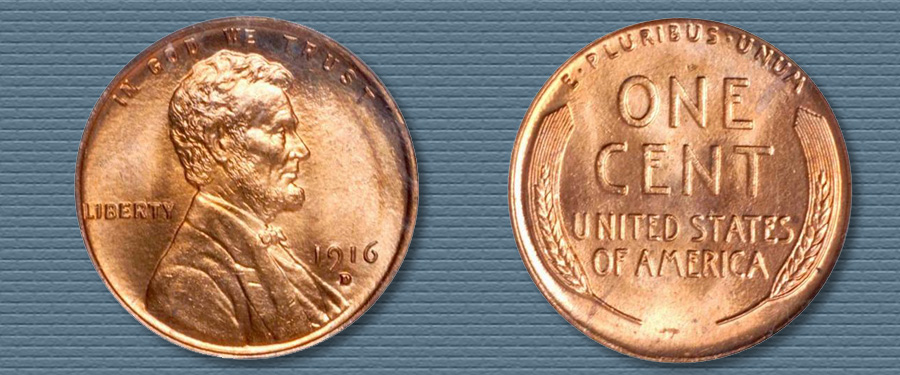
Question: What does “condition rarity” mean? I heard that the 1916-D Lincoln cent is a condition rarity, but it seems to be a common coin.
Answer: This term refers to a coin that is rare only in certain high grades, but is common if worn or in other low grades. The 1916-D Lincoln cent is unimportant if in a grade such as Good or Very Good, but a hand-selected MS-65 coin with attractive surfaces, without spotting and sharply struck (only a few are sharp) is indeed very rare.
The following is from A Buyer’s and Enthusiast’s Guide to Flying Eagles and Indian Cents by Q. David Bowers, but can apply to other coins as well:
1. Basic rarity: If a coin is recognized as a key issue, a rare date, and it has been highly prized by several generations of numismatists, it has a more solid price structure than if it has only recently become valuable. Thus, an 1856 Flying Eagle cent, 1859 Indian cent (only year with the laurel wreath reverse design), 1877 cent, or other key issues will probably always be in demand.
2. Condition rarity: This applies to a coin that might be very common in a grade such as Proof-63 BN, but which in Proof-65 RD may be very rare. While I agree that such rarity is a good reason for a higher price, watch out if the differential is too great.





